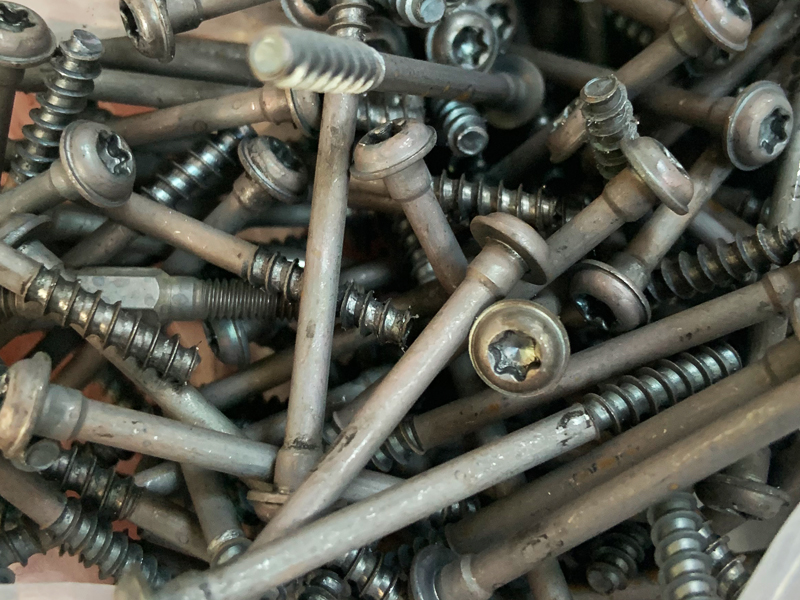Carburizing is a surface-hardening technique that involves introducing carbon into the surface layer of a metal by heating it in a carbon-rich environment. This process creates a hardened outer layer (case) while maintaining a relatively soft and ductile core. The resulting material has high surface hardness and wear resistance, which can be beneficial for certain types of fasteners.
Hardening is a process that involves heating the metal to a high temperature and then quickly quenching it in a cooling medium such as oil or water. This rapid cooling “freezes” the metal structure in a hardened state, making it more resistant to wear and deformation.
Tempering is a subsequent heat treatment step that involves heating the hardened metal to a lower temperature for a specific amount of time, followed by air cooling. This process reduces the brittleness of the hardened material and improves its toughness, ductility, and machinability.
Hardening and tempering are often used together to achieve the desired combination of strength and toughness. The exact temperature and duration of each step will depend on the type of steel being used and the specific properties required for the fastener’s intended application.
Hardening and tempering involve treating the entire metal piece to achieve the desired combination of strength and toughness throughout the part. While carburizing can be used in conjunction with hardening and tempering to further enhance the properties of a fastener, it is not the same process.





